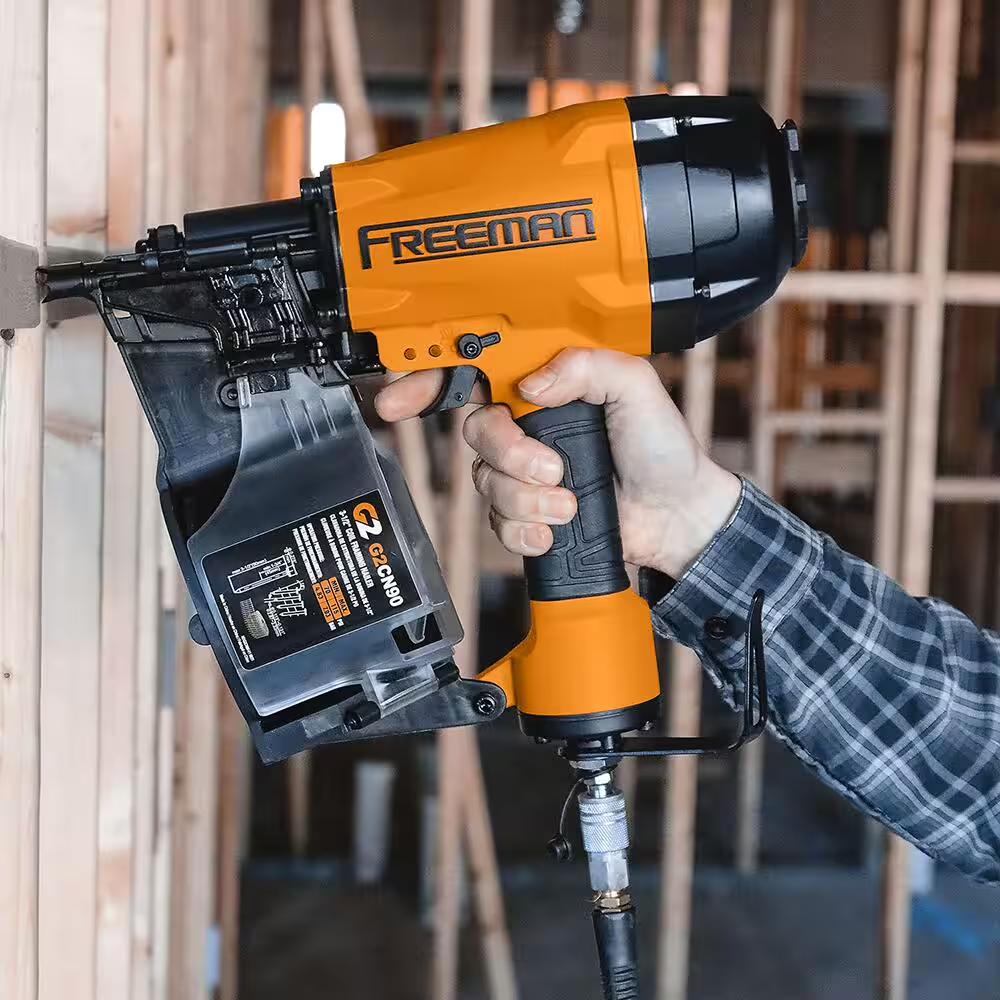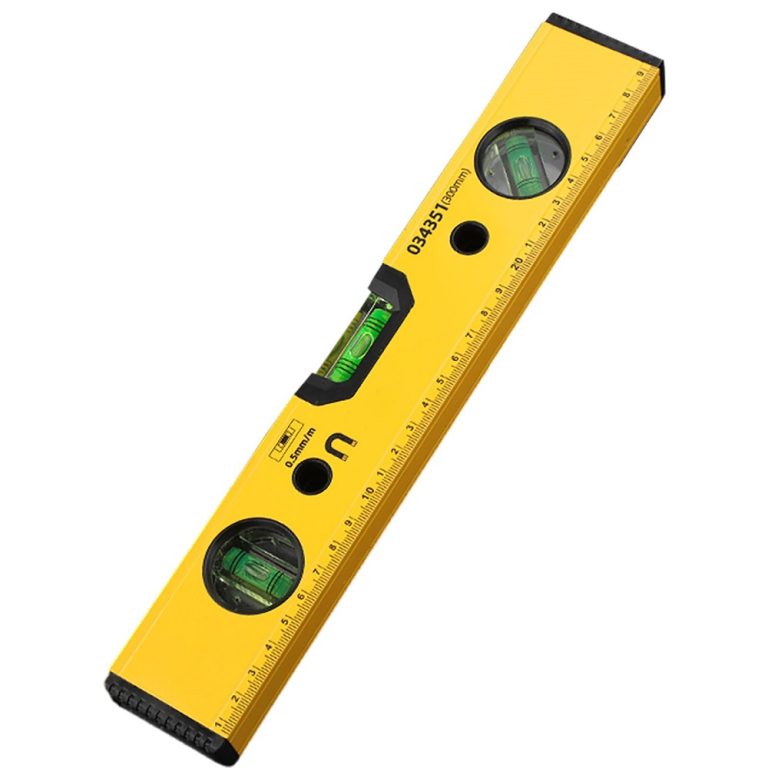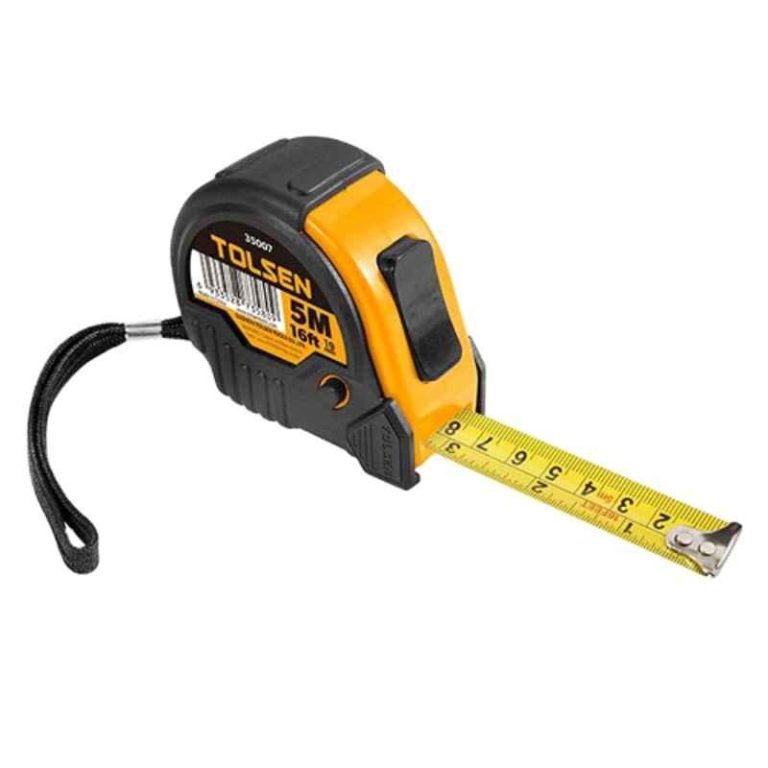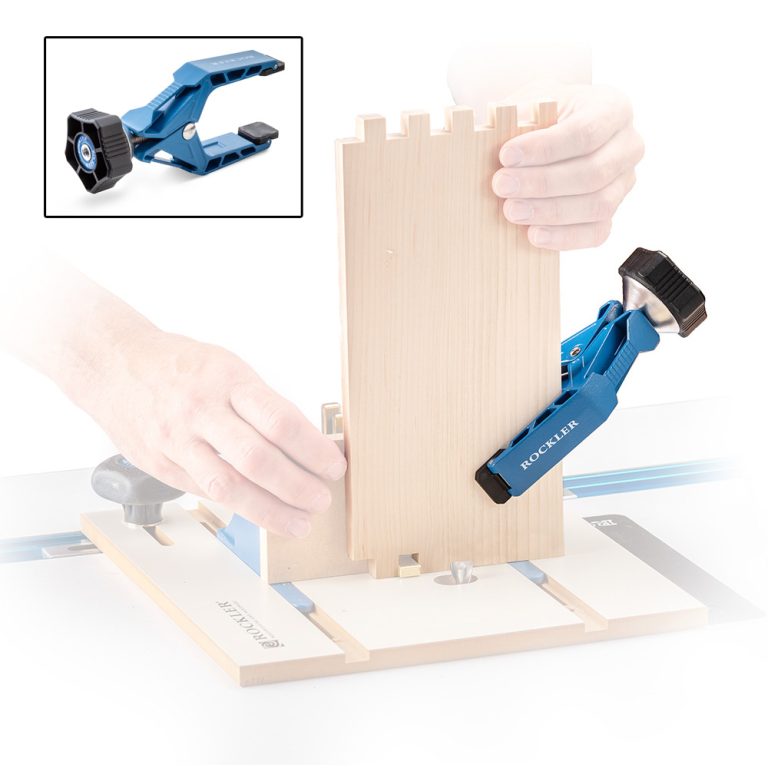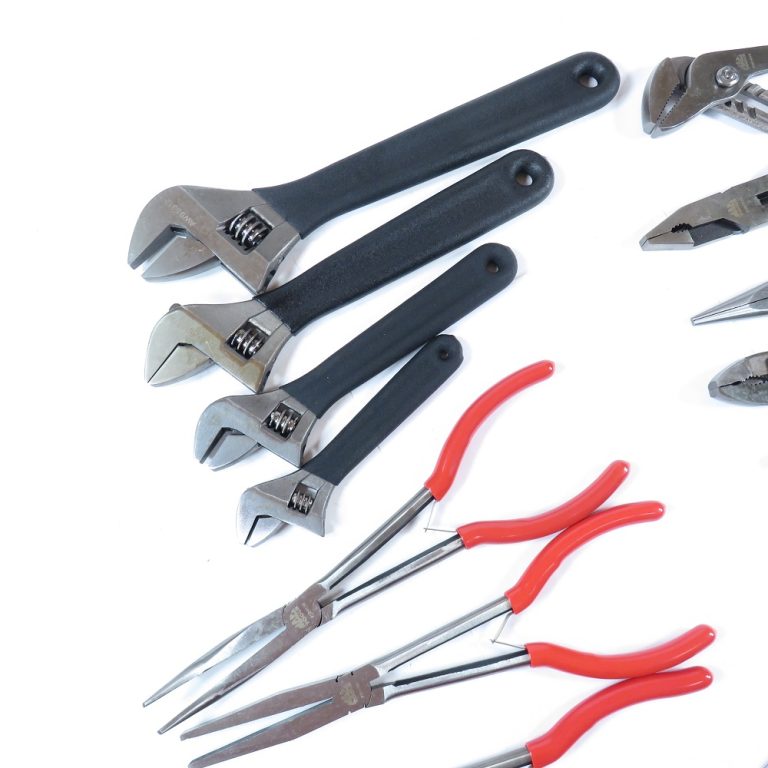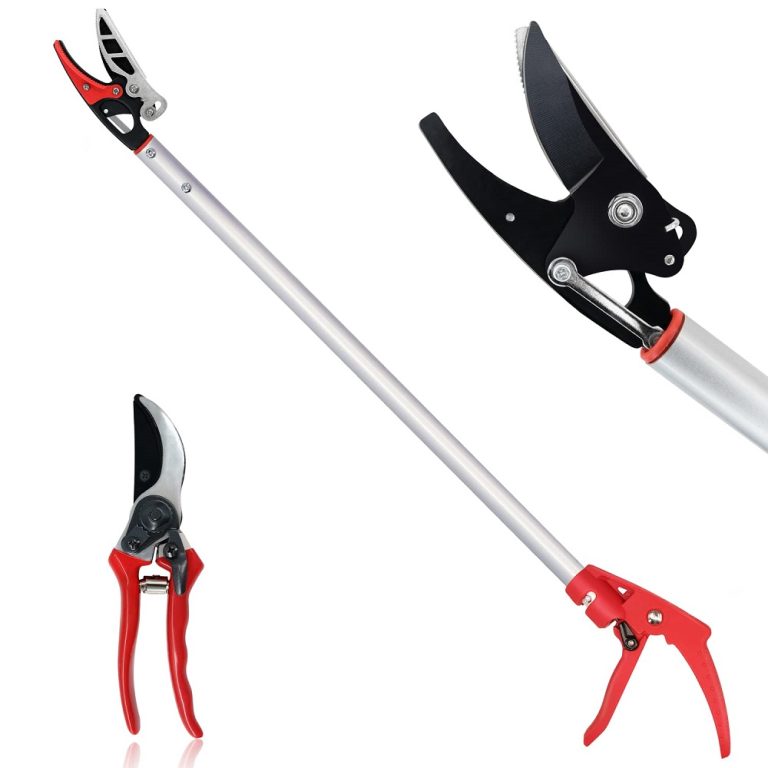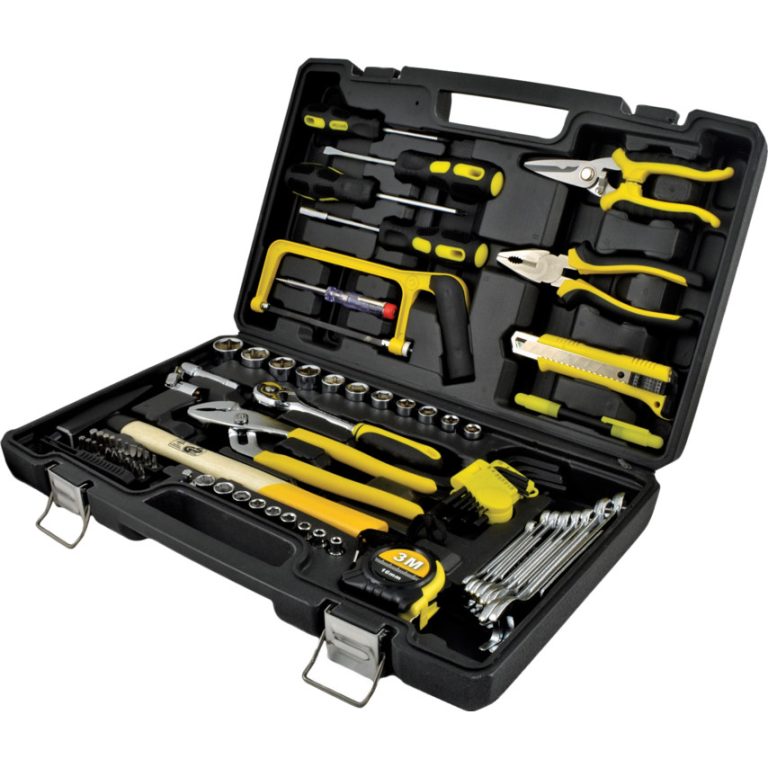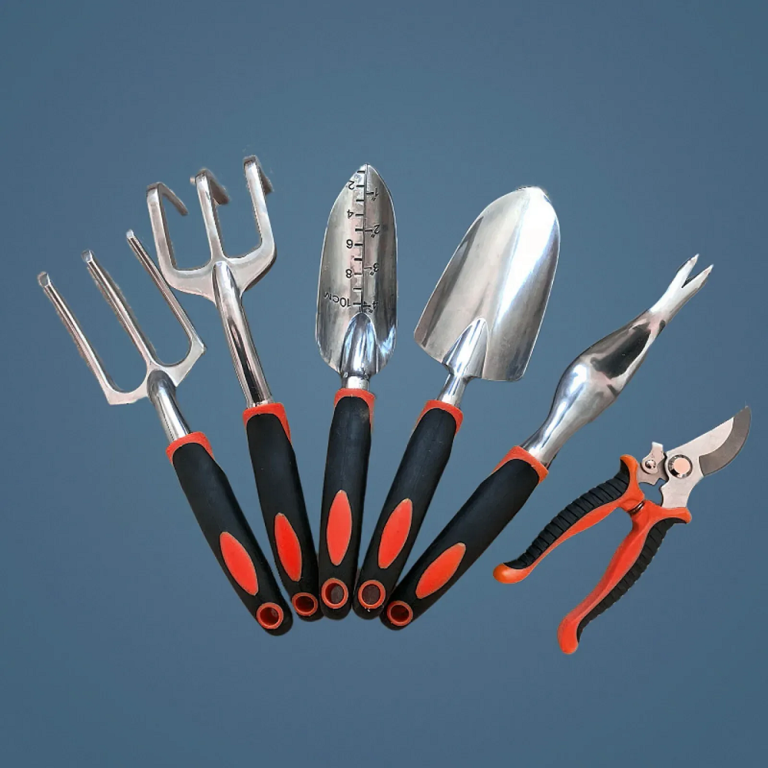Drywall installation is a crucial aspect of finishing interior spaces in homes and commercial buildings. This process involves attaching large sheets of drywall to walls and ceilings, creating smooth surfaces for finishing. Professional installers know that using the right tools is essential for achieving clean and efficient results. High-quality drywall tools can significantly impact both the quality of work and the speed of installation.
With the rise of DIY projects and home renovations, understanding the necessary drywall tools is beneficial for both professionals and amateurs. This guide provides an overview of must-have drywall tools that every installer should consider. By reviewing the various tools available and their applications, you can enhance your drywall installation skills and ensure a successful outcome.
Must-Have Drywall Tools for Every Job
Every drywall project needs the right tools to ensure efficiency and quality. These tools simplify the process of cutting, measuring, taping, and finishing. Below is a breakdown of essential tools for drywall tasks.
Hand Tools for Cutting and Shaping
Cutting and shaping drywall requires precision and durability. Key tools include:
- Utility Knives: Essential for scoring and cutting drywall sheets.
- Drywall Rasp: Smooths edges after cutting for better fits.
- T-Squares: Provides straight edges for accurate cuts.
These tools ensure clean and professional cuts, minimizing waste and improving fit.
Tools for Measuring and Marking
Accurate measurements and markings are crucial for a flawless finish. Must-haves include:
- Tape Measures: Used for precise length and width measurements.
- Chalk Lines: Create long, straight marks before cutting.
- Pencils or Markers: Mark specific cutting or installation points.
These tools help ensure consistency and precision throughout your drywall project.
Essential Taping and Mudding Tools
Once drywall is hung, taping and mudding tools handle the finishing work. Key tools are:
- Taping Knives: Spread joint compound smoothly over seams.
- Mud Pans: Hold compound and allow for easy access during application.
- Corner Trowels: Specialized for finishing inside and outside corners.
These tools contribute to a seamless and polished finish, ensuring a professional look.
Having these must-have drywall tools at hand guarantees efficiency and quality at every step.
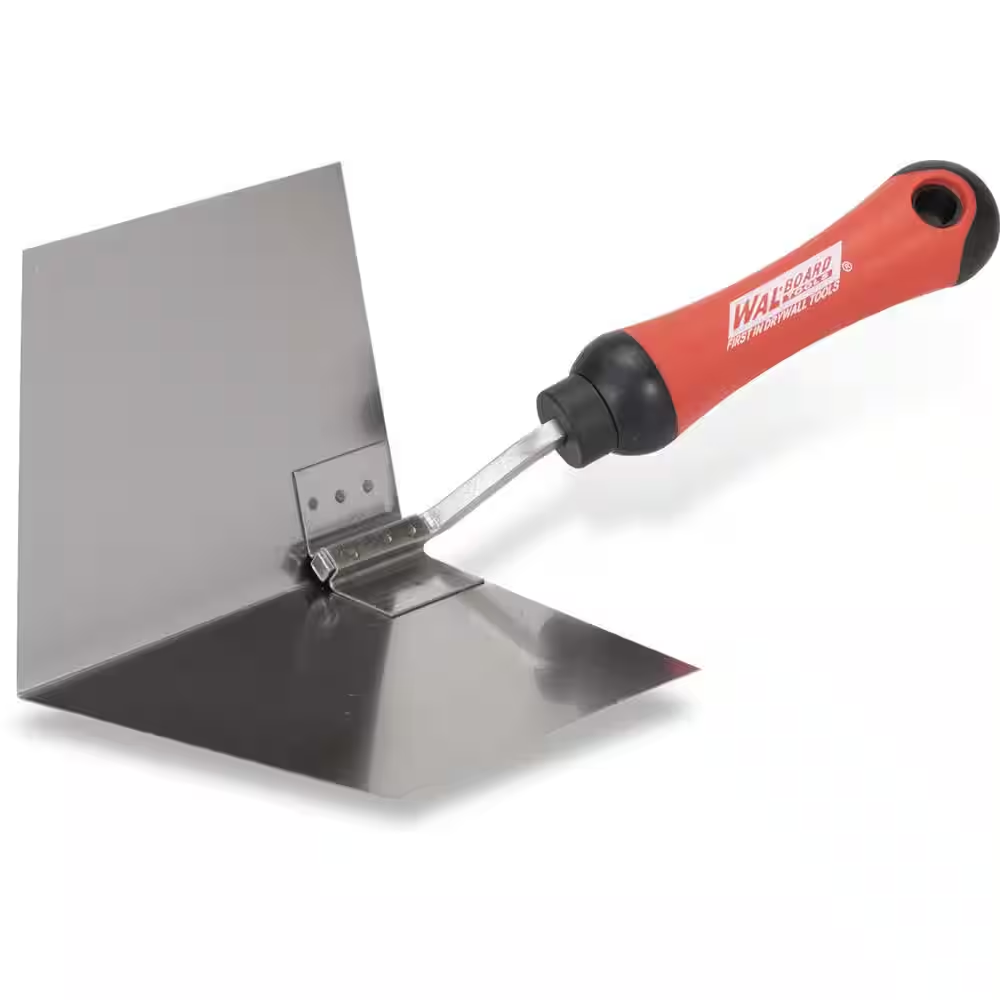
Specialized Drywall Cutting Tools
Cutting drywall precisely is key to achieving a professional finish. Specialized tools make the task easier and efficient. Below are the essential cutting tools every drywall professional needs.
Utility Knives and Razor Blades
Utility knives and razor blades are must-haves for every drywall project. These tools are ideal for scoring and cutting drywall sheets with precision. A sharp utility knife ensures clean, smooth cuts, reducing material waste. You can also use it to trim excess drywall and shape edges. Always keep spare blades on hand to maintain cutting efficiency.
Keyhole Saws and Jab Saws
Keyhole saws and jab saws are perfect for cutting openings in drywall. These tools are especially useful for tasks like creating holes for electrical boxes, light fixtures, or vents. A keyhole saw has a pointed end, allowing it to puncture drywall easily. A jab saw works well for making irregular shapes and detailed cuts. Their compact designs make them great for working in tight spaces. Together, these tools simplify intricate drywall cutting tasks with ease.
Tools for Hanging Drywall Efficiently
Installing drywall can be a demanding task, especially when working with large, heavy panels. Using the right tools can make the process smoother and safer. Below are the essential tools for hanging drywall efficiently.
Screw Guns and Drills
Screw guns and drills are vital for securely fastening drywall to studs.
- Screw Guns: Designed specifically for drywall, they ensure screws are driven quickly and accurately. These tools help maintain consistent depth, which prevents damage to the drywall surface.
- Drills: Cordless drills with adjustable torque settings can also be used for drywall installation. They provide more flexibility for various fastening tasks.
Both tools speed up the installation process, reducing effort and improving productivity.
Drywall Lifts and Panel Hoists
Drywall panels are heavy and awkward to handle, especially for ceilings. Specialized lifting tools are invaluable:
- Drywall Lifts: These make it easy to raise and position sheets for ceiling or high-wall installations. A lift holds the panel in place while you secure it.
- Panel Hoists: Designed for vertical or horizontal positioning, hoists minimize strain and ensure safety.
These tools not only prevent injuries but also make solo installations feasible. For larger projects, they are a time-saving investment.
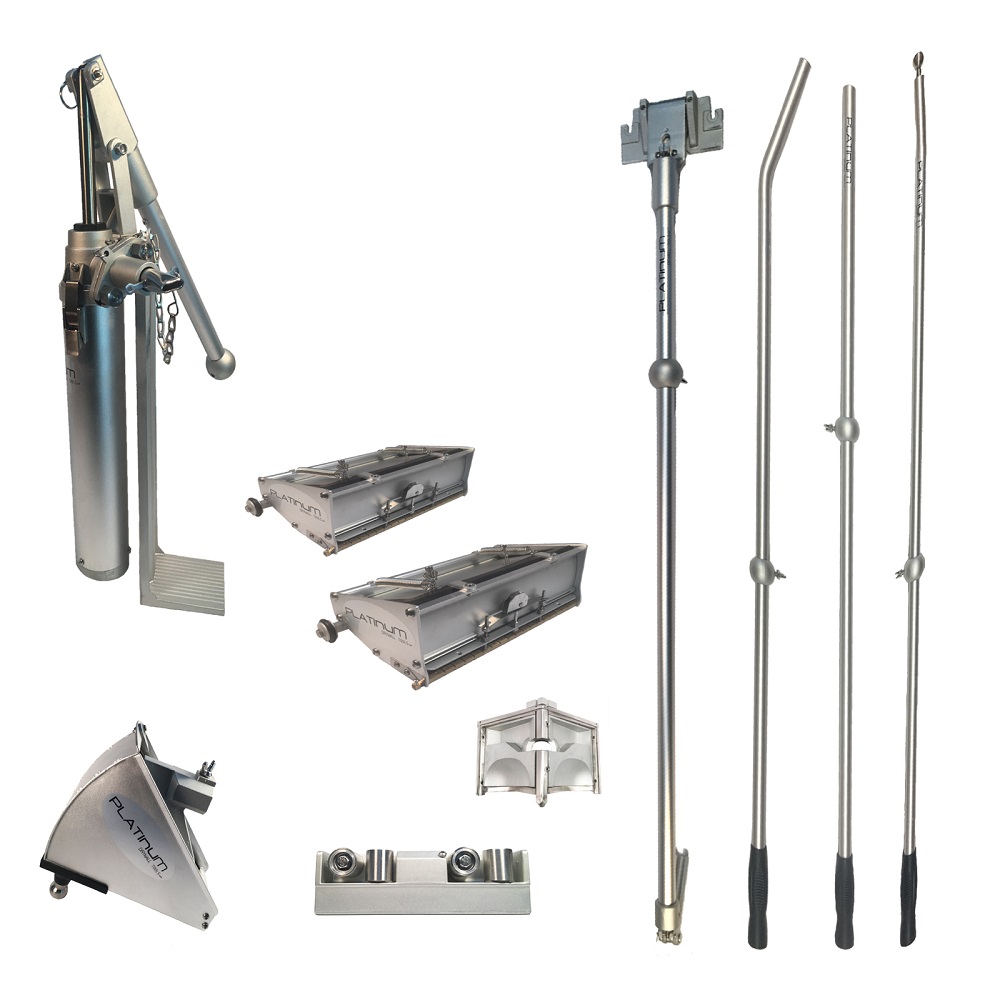
Finishing Tools for a Polished Look
Achieving a polished finish is the hallmark of professional drywall work. Proper finishing tools are essential for smooth surfaces and sharp edges. These tools simplify the process and guarantee great results.
Sanding Tools for Smooth Finishes
Sanding tools are critical for removing imperfections and creating a flawless surface. Key options include:
- Hand Sanding Blocks: Perfect for smaller areas and manual control.
- Pole Sanders: Ideal for larger surfaces and hard-to-reach spaces.
- Electric Sanders: Provide faster and more efficient sanding for bigger projects.
Always use fine-grit sandpaper to prevent damage to drywall. For dust control, consider using sanders with built-in dust collectors. Smooth surfaces are key to achieving a professional, painted finish.
Corner Bead Tools for Perfect Edges
Corner bead tools are designed to enhance the sharpness of drywall edges. Essential corner tools include:
- Corner Bead Crimpers: Secure metal corner beads firmly onto drywall edges.
- Corner Rollers: Smoothly apply pressure to corner beads for even placement.
- Inside Corner Finishers: Create clean seams in tight interior corners.
Using these tools ensures corners have clean, solid lines and adds durability. They also reduce the need for excessive sanding and reworking later. Polished edges communicate attention to detail in every project.
Safety Gear for Drywall Professionals
Safety gear is essential to protect professionals during drywall installation. Proper equipment ensures safety and comfort while working.
Dust Masks and Respirators
Drywall work generates a lot of fine dust that can harm your health. Dust masks and respirators provide necessary protection for your lungs. Essential safety tips include:
- Dust Masks: Use disposable masks to filter out drywall dust during sanding and cutting tasks.
- Respirators: Wear reusable respirators for better protection during extended, high-dust projects.
- Features to Look For: Choose masks with adjustable straps and respirators with replaceable filters.
Using quality masks and respirators will reduce health risks and improve breathing comfort.
Protective Eyewear and Gloves
Protective eyewear and gloves shield you from debris and sharp objects during drywall work. Key points to consider:
- Eyewear: Safety glasses or goggles prevent dust and small particles from getting into your eyes.
- Gloves: Heavy-duty gloves protect your hands from cuts, scrapes, and joint compounds.
- Comfort and Fit: Ensure glasses and gloves fit snugly without limiting movement.
Regular use of protective gear reduces injuries and enhances workplace safety.

Maintenance and Care of Drywall Tools
Regular maintenance ensures your drywall tools remain effective and long-lasting. Proper care prevents rust, damage, and performance issues. Below are simple tips for cleaning and storing your drywall tools.
Cleaning Techniques to Extend Tool Life
Cleaning drywall tools after each use is essential for preserving their condition. Here’s how to do it:
- Wipe Off Residue: Use a damp cloth to remove joint compound or dust immediately after use.
- Wash with Soapy Water: Clean metal tools like taping knives and corner trowels with warm, soapy water.
- Scrub Tough Buildup: Use a stiff brush or sponge to scrub dried mud or compound off tools.
- Dry Completely: After washing, dry tools thoroughly to prevent rust formation.
- Oil Moving Parts: For tools like screw guns, apply light machine oil to moving parts for smooth operation.
Consistently cleaning your tools will ensure optimal performance and extend their usability.
Proper Storage Tips
Storing drywall tools correctly prevents damage and keeps them ready for use. Follow these guidelines:
- Keep Tools Dry: Store tools in a dry place to avoid rust and corrosion.
- Use Toolboxes: Use padded or organized toolboxes to protect sharp edges and delicate components.
- Hang Larger Tools: Hang tools like pole sanders and drywall lifts to save space and reduce wear.
- Separate Small Parts: Use containers to store small screws, blades, or crimpers to avoid misplacement.
- Inspect Before Storage: Inspect tools for damage or wear before storing to address issues promptly.
Proper storage improves tool longevity and keeps your work area organized. With these tips, your drywall tools will remain in excellent shape.
Tips for Organizing Your Tool Kit
Keeping Your Tools Accessible
A well-organized tool kit can enhance your efficiency during drywall installation. After all, searching for a tool in a disorganized workspace can waste precious time. To create an effective organization system, consider using a sturdy toolbox or portable tool bag that can accommodate all your essential items. Labeling compartments can help ensure that every tool has its designated space, making it easy to find what you need.
In addition to organizing your main toolkit, it’s beneficial to keep frequently used tools within easy reach. Magnetic tool holders or pegboards can be installed in your workspace, allowing you to hang essential tools like your tape measure, utility knife, and screwdrivers. This setup not only keeps your tools visible but also helps prevent clutter on your work surface, allowing you to focus more on the task at hand.
Regular Inventory and Maintenance
Maintaining your tool kit goes beyond organizing it; it also involves taking regular inventory of your tools. Periodically check to ensure that none of your essential items are missing or damaged. Creating an inventory list can help you keep track of your tools and remind you of items that may need replacing. This proactive approach minimizes disruptions during your work.
Additionally, conduct maintenance checks on your tools. This can involve cleaning, sharpening blades, or checking for any errant screws or components that may impact performance. Regular maintenance boosts the longevity of your tools and ensures they work at their best whenever you need them. A well-maintained toolkit is a hallmark of professionalism and dedication to quality workmanship.
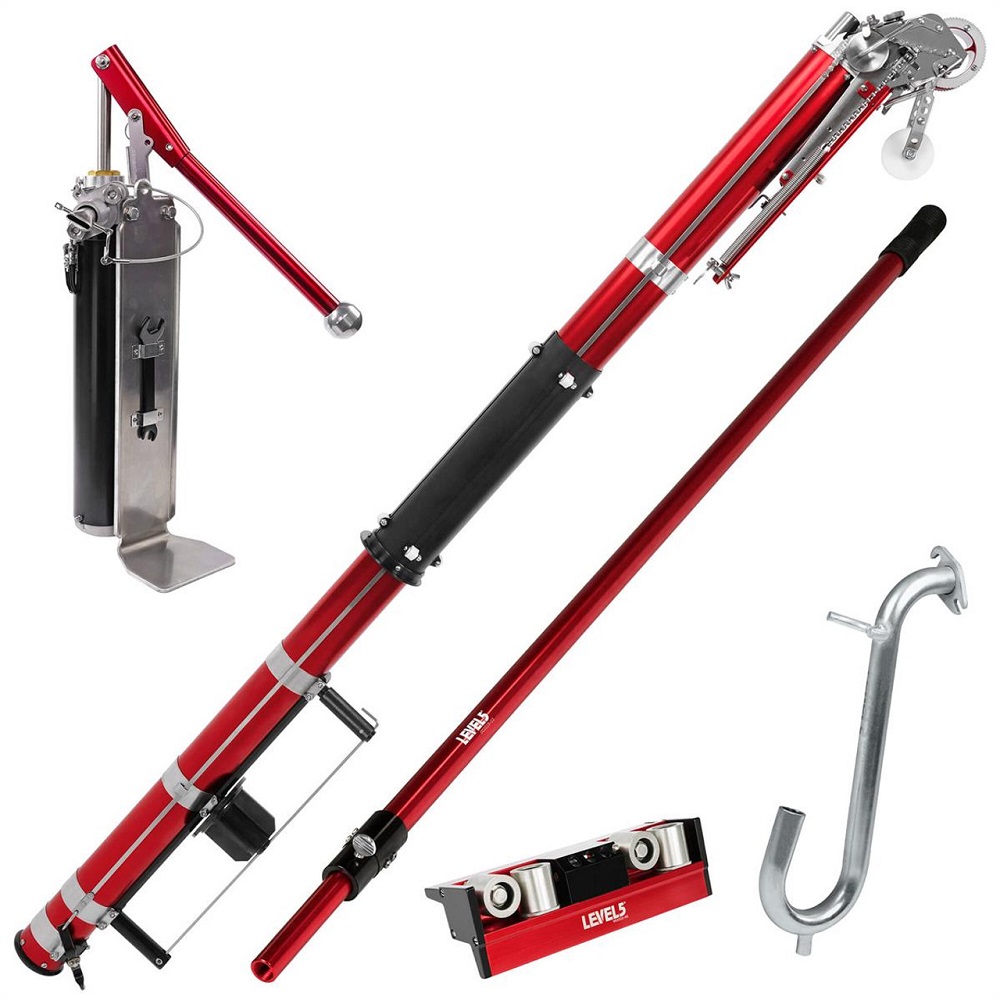
Advanced Tools for Experienced Installers
Drywall Sanders
As you advance in your drywall installation skills, you may consider incorporating advanced tools such as drywall sanders. Using a drywall sander can help create smooth finishes on joints and seams, preparing the surface for painting. These sanders come in various forms, from handheld models to electric sanders with rounded or square heads, allowing you to choose based on your specific needs.
Electric sanders significantly speed up the process and reduce physical strain. They typically feature dust collection systems that minimize mess and cleanup time. However, if using manual sanders, invest in high-quality sanding pads to achieve the best results. Mastering the use of drywall sanders can elevate the quality of your work and enhance the overall look of finished spaces.
Insulation Blowers
For installers working on energy-efficient homes, insulation blowers have become essential tools. These devices allow you to apply insulation in hard-to-reach areas, providing an effective seal against air leaks. Insulation blowers work by pumping loose-fill insulation materials, such as cellulose or fiberglass, into walls and attics, ensuring proper thermal performance.
Utilizing an insulation blower not only enhances the efficiency of the home but also is a bonus for drywall installers looking to offer comprehensive services. When installing drywall over newly insulated areas, you’ll create a well-rounded approach to energy efficiency that homeowners will appreciate. Understanding how to operate and maintain insulation blowers can add another layer of expertise to your skill set.
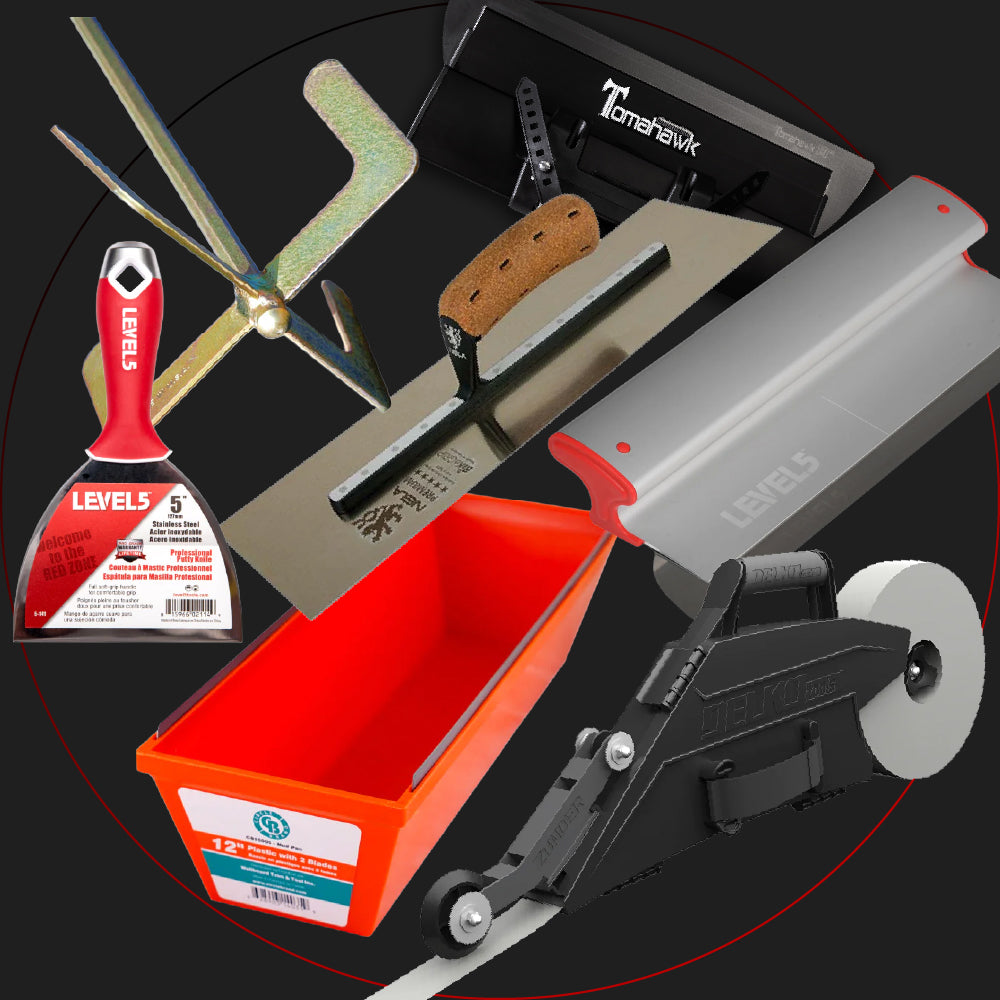
Conclusion: Readying for Success in Drywall Installation
Building a Comprehensive Skill Set
As we conclude this guide, remember that having the right tools and knowledge is key to success in drywall installation. The essential tools, such as drywall lifts, taping knives, and sanders, allow you to complete projects efficiently and with professional results. Each tool serves a unique purpose, contributing to the overall quality of your work.
Moreover, building a comprehensive skill set goes hand-in-hand with utilizing the right tools. Regular practice, ongoing training, and hands-on experience will sharpen your abilities over time. Make it a point to stay updated on industry techniques and standards to remain competitive and efficient in your work.
Embracing Quality and Innovation
In a constantly evolving industry, embracing advancements in tools and techniques can set you apart from competitors. Focus on both the quality of the tools you choose and your willingness to learn new methods. Technologies such as digital levels and laser measuring tools are becoming more common and can enhance accuracy in your work.
By combining a commitment to using high-quality drywall tools with a dedication to honing your skills, you position yourself for success in drywall installation. As you grow professionally, the impact of your craftsmanship will reflect your expertise, and your clients will value your abilities. With the right drywall tools and knowledge, you are well-equipped to navigate the challenges of drywall installation with confidence.

